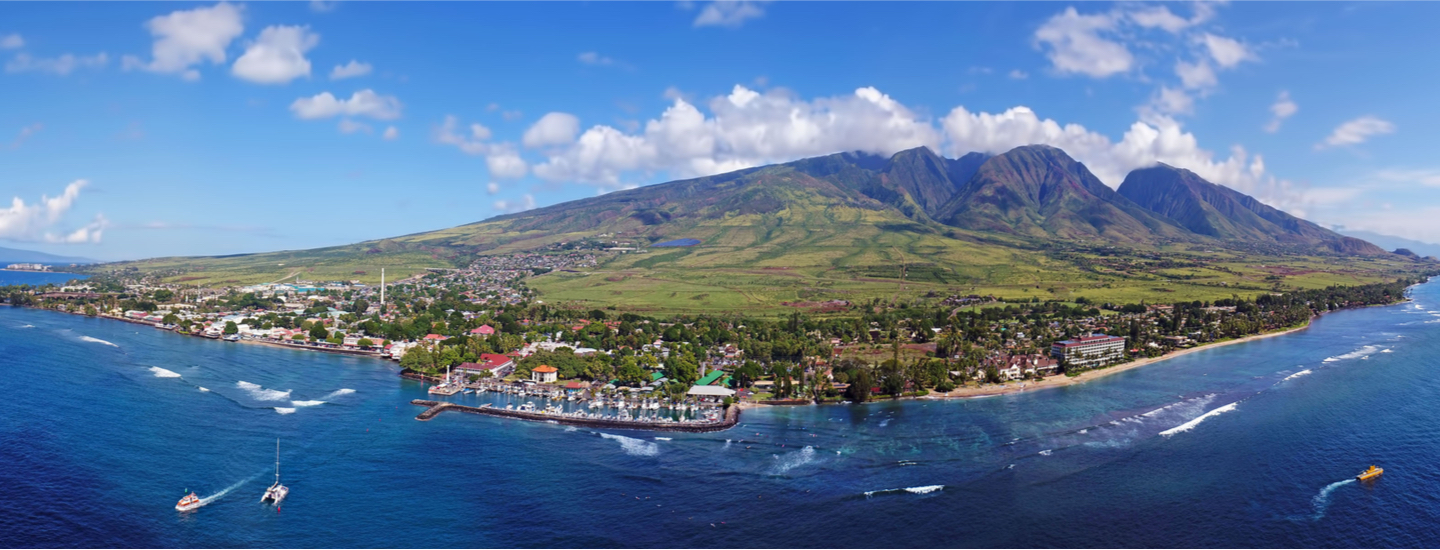
After the U.S. Supreme Court handed down the favorable landmark ruling in April 2020 regarding the Clean Water Act liability of the County of Maui for their polluting Lahaina Wastewater Reclamation Facility, the case was remanded back to the lower federal district court in Hawaii to issue a final ruling on the facts of the case using the Supreme Court's new “functional equivalency” test. After over a year of briefing and litigation, the District Court's Judge Susan Oki Mollway ruled in favor of environmental group plaintiffs' motion for summary judgment yesterday.
For decades, Maui’s Lahaina wastewater treatment facility has been discharging 3 to 5 million of gallons of treated sewage daily into groundwater that reaches the waters off Kahekili Beach Park, a favorite local snorkeling and surfing spot, devastating a formerly pristine reef and recreational resources. In April of 2012, Surfrider Foundation, Sierra Club-Maui Group, West Maui Preservation Association and Hawai'i Wildlife Fund, as represented by Earthjustice, filed suit in federal district court to address water quality violations of the County and the resulting intense threat to beachgoer health and safety posed by contaminated nearshore waters. The first lower court case culminated in a ruling for the Plaintiffs on May 30, 2014 regarding the County’s failure to obtain a National Pollutant Discharge Elimination Permit (“NPDES Permit”). However, the County of Maui has appealed every step of the litigation, and has been unsuccessful at every turn. Yesterday, Judge Mollway ruled that “[t]he discharge from the County’s injection wells into the groundwater and ultimately into the ocean is the functional equivalent of a direct discharge such that it triggers the NPDES permit requirement.”
Judge Mollway painstakingly went through the data, both submitted by our environmental organizations as plaintiffs and by the County defendants. She included analysis of distance, time, temperature, amount transferred, ecosystem impacts and more, using the most relevant data from the record and as presented by parties on remand. The ruling points out that there is no dispute amongst the parties that the wastewater put into the facility's injection wells finds its way to Pacific Ocean. The court references the 2013 tracer dye study as “indisputably demonstrat[ing] the relatively rapid flow of significant quantities of pollutant from the LWRF to the ocean.” She also cites a coral study in the area of the seeps that resulted in evidence “strongly indicative of denitrification and sewage effluent.“
Mollway specifically laid out the following factors for examination:
- Transit time,
- Distance traveled,
- The nature of the material through which the pollutant travels,
- The extent to which the pollutant is diluted or chemically changed as it travels,
- The amount of pollutant entering the navigable waters relative to the amount that leaves the point source,
- The manner by or area in which the pollutant enters the navigable waters,
- The degree to which the pollutant maintains its specific identity,
- The volume of wastewater reaching navigable waters, and
- Impact to the ecosystem.
On balance, the court held that the factors weigh in favor of applying NPDES permit requirements. This was based on the Supreme Court guidance as to how to determine whether a discharge is the functional equivalent of a direct discharge, requiring a NPDES permit.
This is another win for the Clean Water Act and for the health of coastal resources in Maui. It remains to be seen if the County of Maui will again appeal the case or if the County will finally work with the Hawaii Department of Health on the requisite permit.
“For far too long the County of Maui has used excuses to avoid what should have happened years ago - updating the Lahaina treatment plant to ensure that our coastal waters are not being polluted by sewage. Surfrider Foundation is thankful that the courts have clearly ruled in favor of the ocean and clarified that Maui County is violating the Clean Water Act,” says Lauren Blickley, Hawaii Regional Manager.